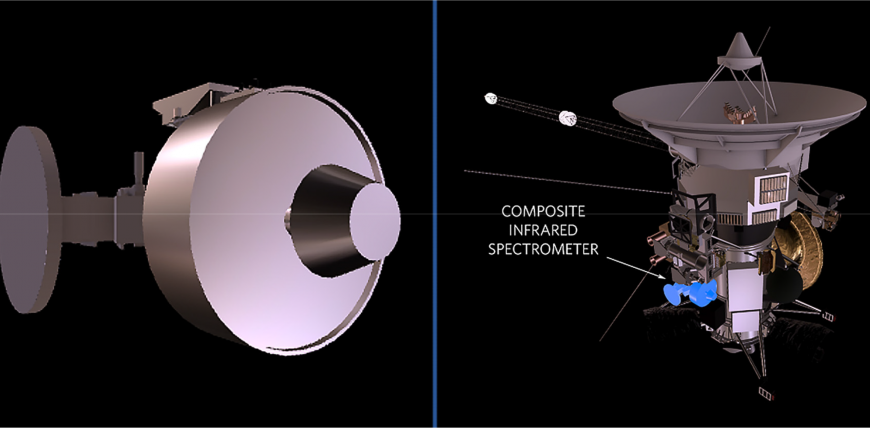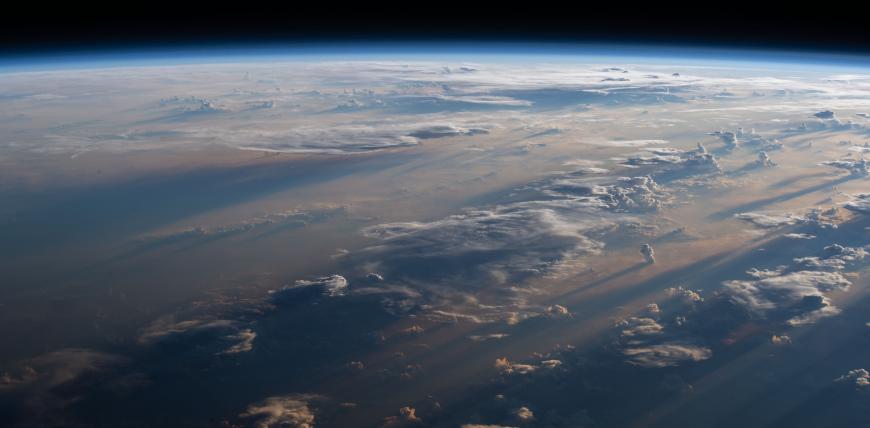
Atmospheric processes
Understanding atmospheric processes and their role in the climate system
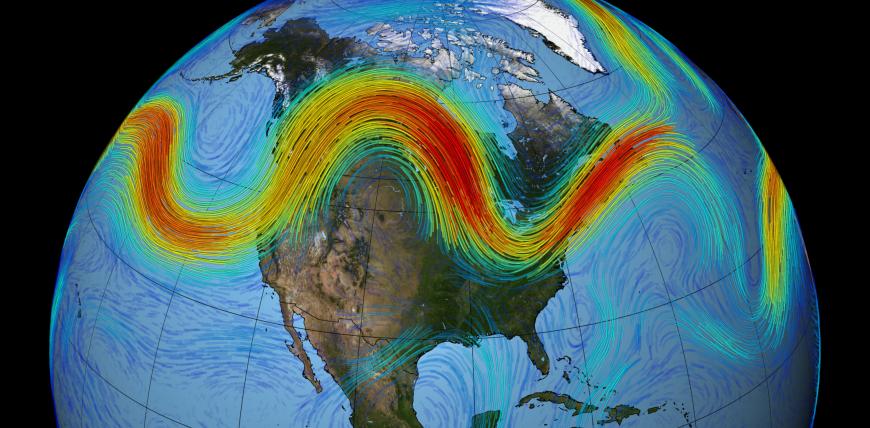
Climate dynamics
Investigating atmospheric circulation from the surface to the upper stratosphere and its role in climate variability and change
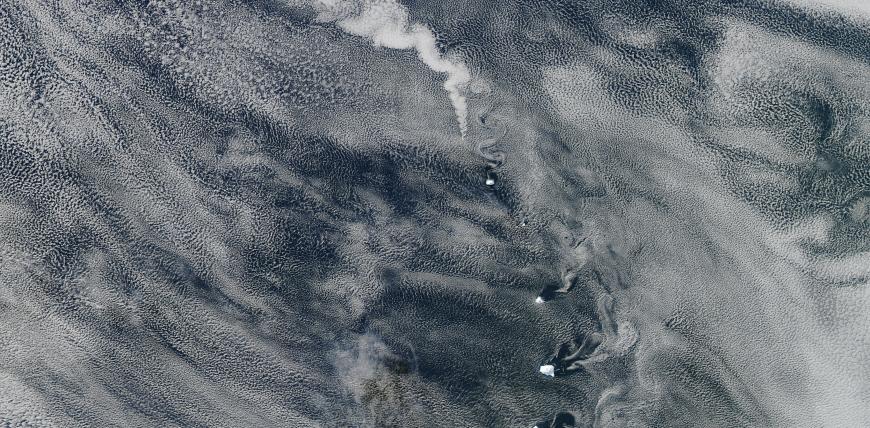
Climate processes
Our research addresses physical climate processes in the context of anthropogenic perturbations to the Earth system as the underlying cause of climate change with an overall focus on the role of clouds and aerosols.
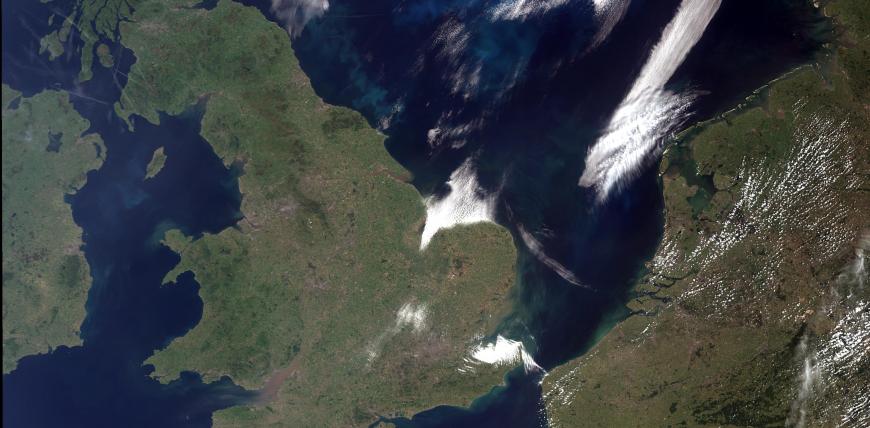
Earth Observation Data Group
The principal focus of EODG is the retrieval of atmospheric properties (e.g. temperature, pressure, trace gas concentrations, aerosol and cloud properties) from data gathered by Earth Observing satellites.
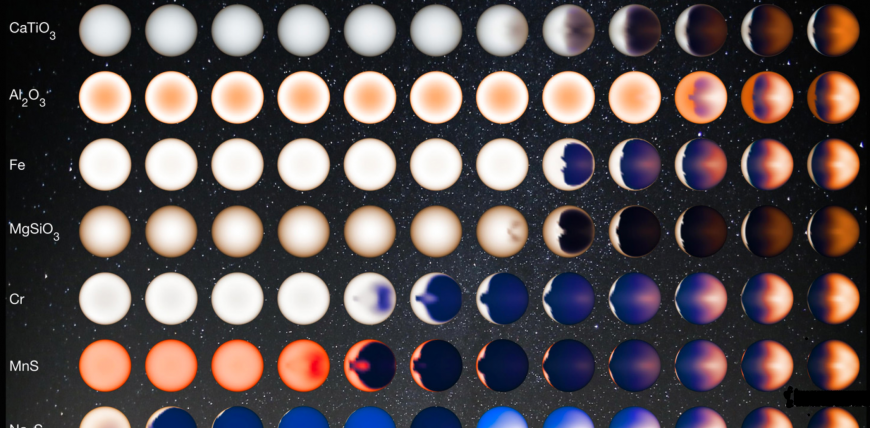
Exoplanet atmospheres
Comparing models and observations to understand exoplanet atmospheres.
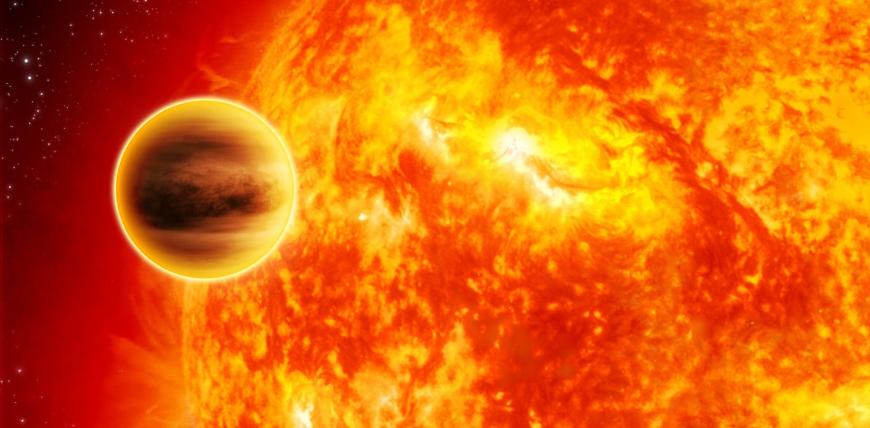
Exoplanets and Stellar Physics
Detecting, characterising and modelling exoplanets and their host stars
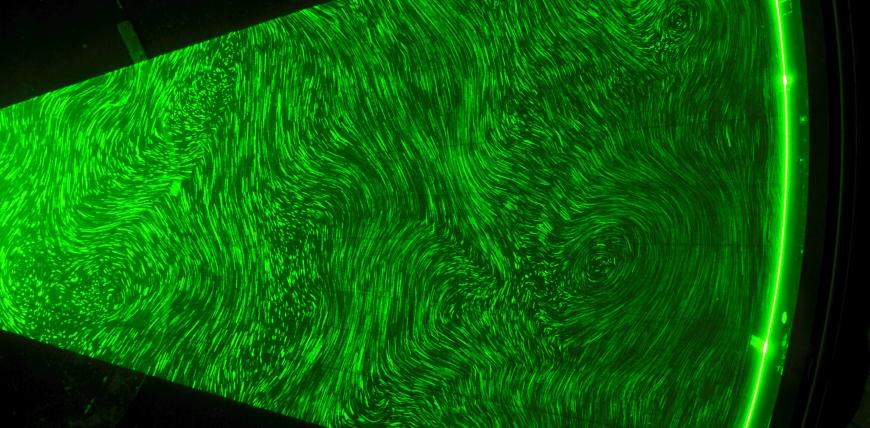
Geophysical and Astrophysical Fluid Dynamics
We study and research fluid-dynamical phenomena and processes that occur in geophysical and astrophysical systems, such as planetary atmospheres and oceans, stars, accretion disks and interstellar gas clouds.
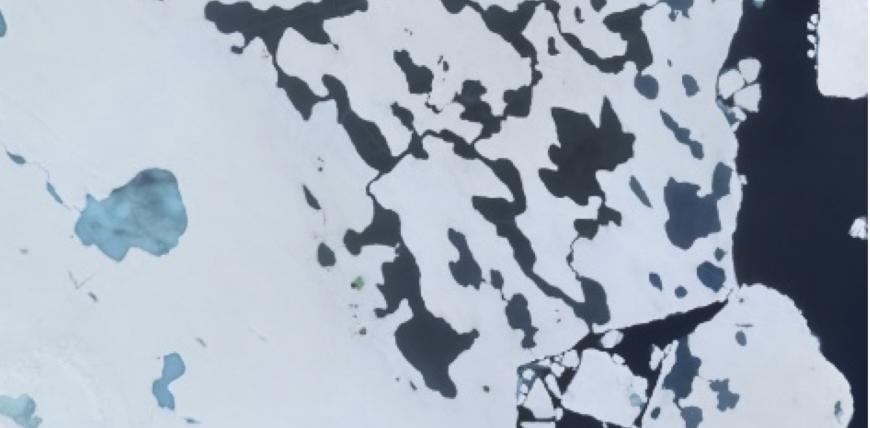
Ice and Fluid Dynamics
Environmental fluid dynamics, applied to sea ice, ice sheets and ocean interactions.

Physical oceanography
Physics of the circulation and structure of the global ocean and its impacts on climate
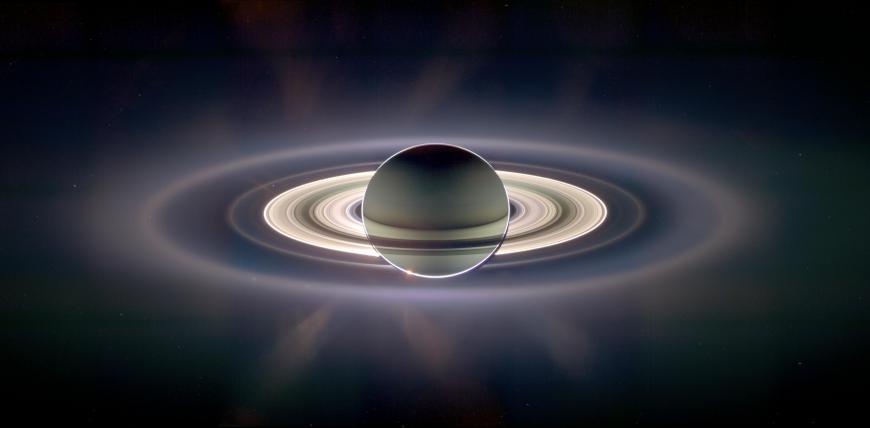
Planetary atmosphere observation analysis
Atmospheric observation data analysis of planets.
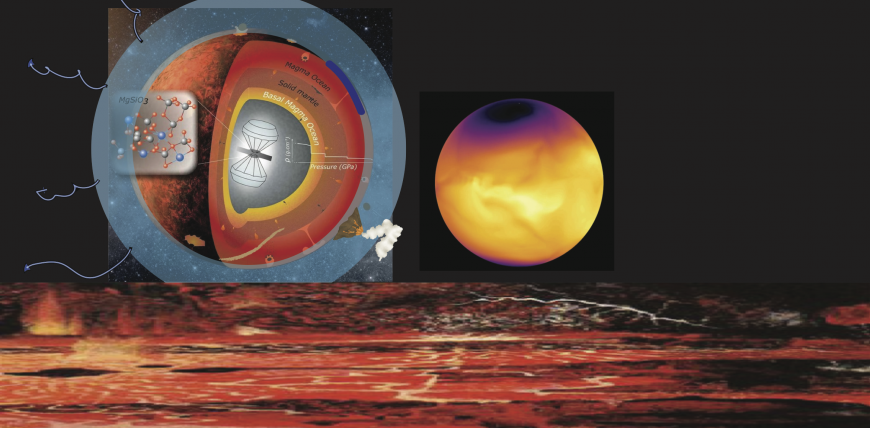
Planetary Climate Dynamics
Processes governing planetary climate and its evolution over time
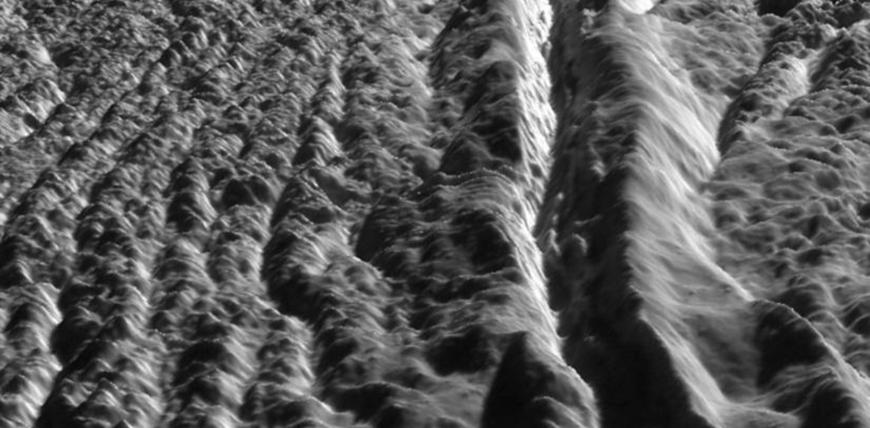
Planetary surfaces
Investigating the surfaces of (primarily airless) bodies in our solar system.
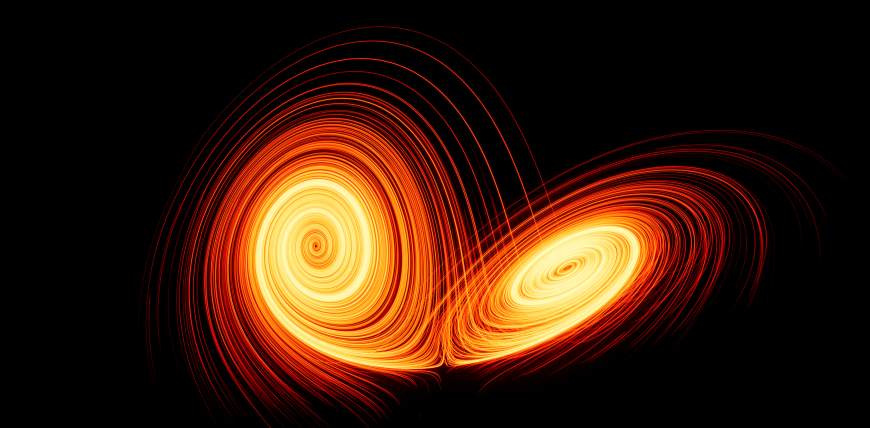
Predictability of weather and climate
Predictions of weather and climate are inherently uncertain: initial conditions can never be known perfectly, and our weather and climate simulators are necessarily imperfect representations of the underlying laws of physics. Given this, how can we quanti
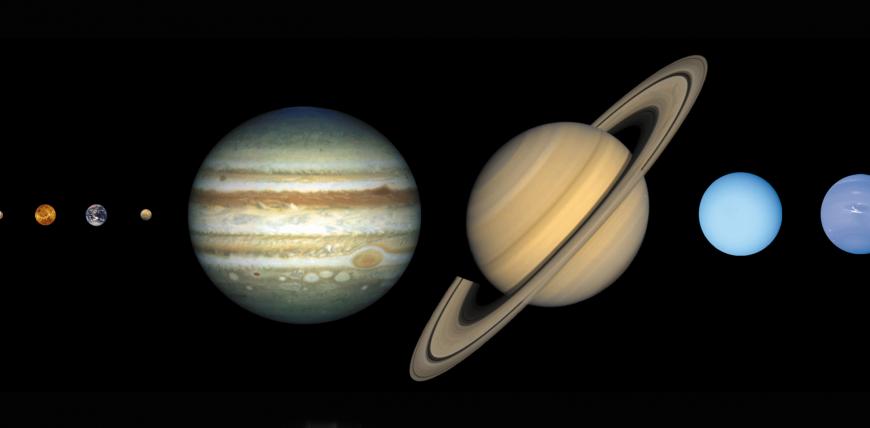
Solar system
Research interests in planetary bodies throughout the solar system and beyond.
